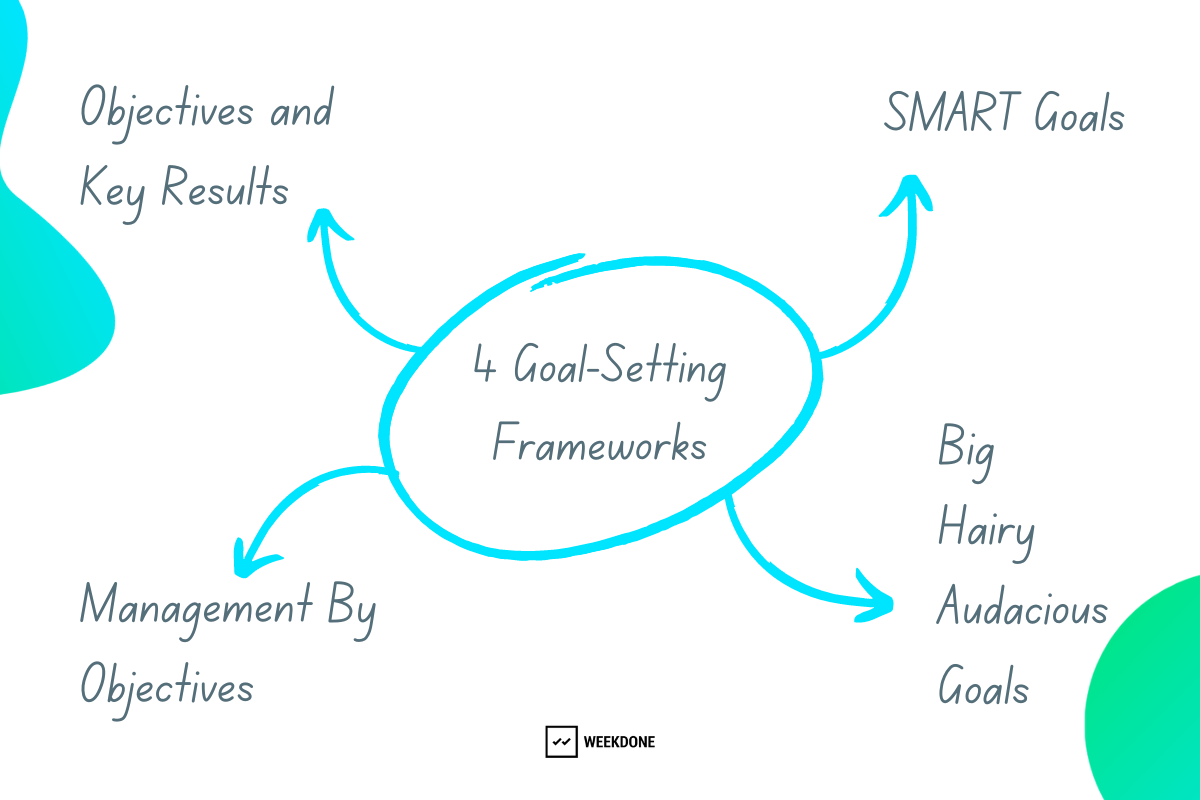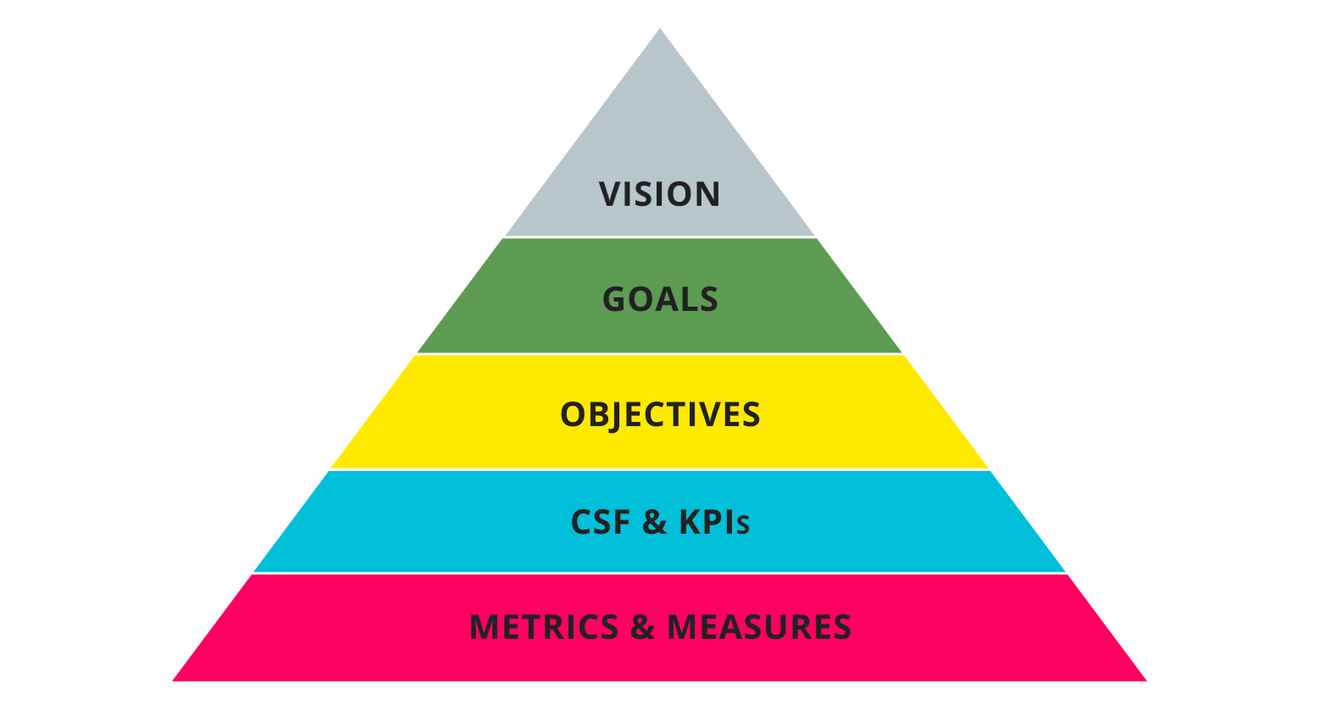Achieving Company Goals And Objectives
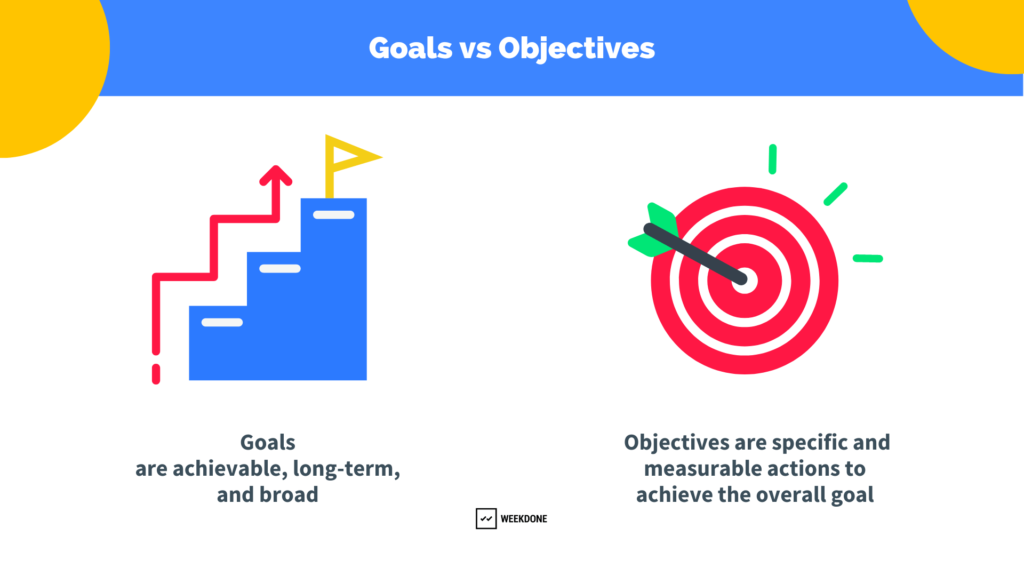
The pursuit of company goals and objectives is a relentless endeavor, demanding strategic planning, efficient execution, and constant adaptation. In an increasingly competitive global landscape, organizations are facing unprecedented pressures to not only survive but thrive. The stakes are high, with success translating to increased market share, enhanced profitability, and a sustainable future.
This article delves into the core strategies and methodologies employed by companies to effectively achieve their goals. It examines the critical elements of goal setting, resource allocation, performance management, and the evolving role of technology in driving success. Furthermore, it considers the challenges and opportunities that companies encounter in their quest to reach desired outcomes, drawing on industry data and expert insights.
Defining and Communicating Goals
The foundation of any successful endeavor lies in clearly defined and effectively communicated goals. Ambiguous or poorly articulated objectives can lead to confusion, misaligned efforts, and ultimately, failure.
According to a study by Harvard Business Review, companies with clearly defined goals are significantly more likely to achieve them than those without. These goals should be SMART: Specific, Measurable, Achievable, Relevant, and Time-bound.
Effective communication ensures that every employee understands their role in contributing to the overall organizational objectives.
Strategic Resource Allocation
Once goals are defined, the next critical step is strategic resource allocation. This involves distributing financial, human, and technological resources in a way that maximizes their impact on achieving company objectives.
Companies must prioritize investments in areas that offer the greatest potential for return, while also ensuring that core functions are adequately supported. Inefficient resource allocation can lead to wasted resources, missed opportunities, and ultimately, a failure to meet goals.
The rise of data analytics has enabled organizations to make more informed decisions about resource allocation, identifying areas where investments can have the greatest impact.
Performance Management and Accountability
Effective performance management is essential for ensuring that employees are working towards company goals and are held accountable for their contributions. This involves setting clear performance expectations, providing regular feedback, and implementing performance-based reward systems.
According to a report by Gallup, companies with strong performance management systems experience significantly higher levels of employee engagement and productivity. Regular performance reviews provide opportunities to identify areas for improvement, provide coaching and mentoring, and recognize outstanding achievements.
It's critical to foster a culture of accountability, where employees take ownership of their responsibilities and are held responsible for their performance.
The Role of Technology
Technology plays an increasingly vital role in helping companies achieve their goals and objectives. From automating repetitive tasks to providing real-time data insights, technology can significantly enhance efficiency, productivity, and decision-making.
Cloud computing, artificial intelligence, and machine learning are just a few of the technologies that are transforming the way businesses operate. Companies that embrace these technologies are better positioned to adapt to changing market conditions and gain a competitive advantage.
However, it's important to note that technology is not a silver bullet. Companies must carefully consider their needs and choose technologies that align with their strategic goals.
Challenges and Opportunities
The path to achieving company goals and objectives is rarely smooth. Companies face a myriad of challenges, including economic downturns, increasing competition, and rapidly changing consumer preferences.
However, these challenges also present opportunities for innovation and growth. Companies that are able to adapt to changing conditions, embrace new technologies, and foster a culture of innovation are more likely to succeed in the long run.
"The key to success is not predicting the future, but being prepared for it."
The COVID-19 pandemic, for example, forced many companies to rapidly adopt remote work policies and accelerate their digital transformation efforts. Those that were able to adapt quickly were better positioned to weather the storm and emerge stronger.
Looking Ahead
Achieving company goals and objectives is an ongoing process that requires constant vigilance and adaptation. Companies must continue to refine their strategies, invest in their employees, and embrace new technologies in order to stay ahead of the competition. The most successful companies will be those that are able to create a culture of continuous improvement, where innovation is encouraged and employees are empowered to contribute their best work.
The focus on sustainable business practices and ethical considerations is also expected to play an increasingly important role in achieving long-term company goals. Companies are facing growing pressure from stakeholders to address environmental and social issues, and those that are able to do so effectively will be rewarded with increased brand loyalty and enhanced reputation.
Ultimately, the pursuit of company goals and objectives is a journey, not a destination. By embracing the principles of strategic planning, efficient execution, and constant adaptation, companies can increase their chances of success and create a sustainable future.








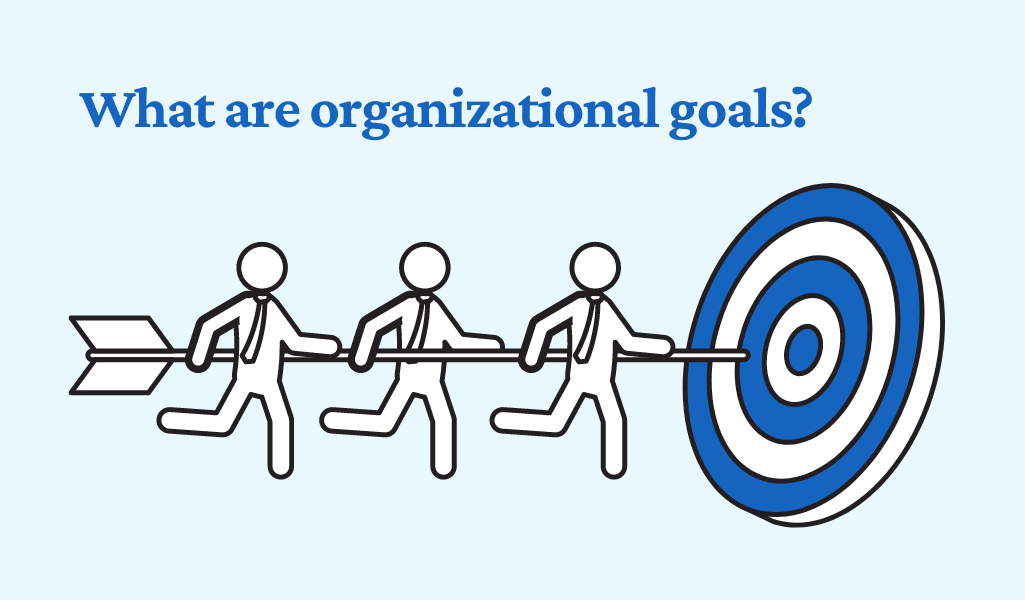




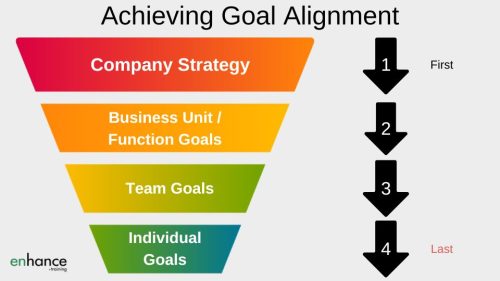
![Achieving Company Goals And Objectives Business objectives: 5 examples [+ template] | Zapier](https://images.ctfassets.net/lzny33ho1g45/5FsO5stcCQ1BeZwbSFxaJn/d959af04f94822af07f2b5e35e5d5978/how-to-set-business-objectives.png?w=1400)
